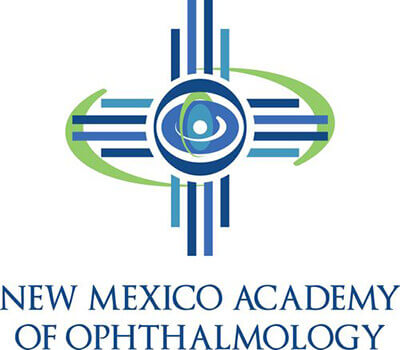Diabetic Eye Disease

A specialist of diabetic eye disease is a doctor who focuses on the diagnosis and management of eye conditions associated with diabetes. Diabetic eye disease refers to a group of eye problems caused by diabetes, such as diabetic retinopathy and diabetic macular edema, which can lead to vision loss if left untreated. Common procedures used to treat diabetic eye disease include injections of medications into the eye to reduce swelling and abnormal blood vessel growth, laser treatments to seal leaking blood vessels and prevent further damage, and surgeries to address advanced stages of the disease, such as vitrectomy to remove abnormal tissue or blood from the eye. Regular eye examinations by a diabetic eye disease specialist are vital for early detection and timely intervention to preserve vision.
Associated Procedures
Injections
Injections involve receiving medication directly into the eye to reduce swelling, control abnormal blood vessel growth, and prevent further damage to the retina.
Laser treatments
Laser treatments use a focused beam of light to seal leaking blood vessels in the retina, reducing swelling and preventing vision loss caused by diabetic eye disease.
Panretinal Photocoagulation (PRP):
PRP is a laser treatment thatinvolves creating small laser burns in the peripheral areas of the retina to reduce abnormal blood vessel growth and prevent the progression of diabetic retinopathy.
Focal Laser Photocoagulation
Focal laser photocoagulation is a laser treatment that targets specific areas of swelling or leaking blood vessels in the macula (central part of the retina) to reduce edema and preserve central vision.
Scatter Laser Photocoagulation
Scatter laser photocoagulation, also known as grid laser, is a laser treatment where multiple small laser burns are applied to a wider area of the retina to reduce abnormal blood vessel growth and leakage.
Vitrectomy
Vitrectomy is a surgical procedure where the gel-like substance (vitreous) inside the eye is removed to address advanced stages of diabetic eye disease, such as severe bleeding or the presence of scar tissue, and is replaced with a clear solution.




